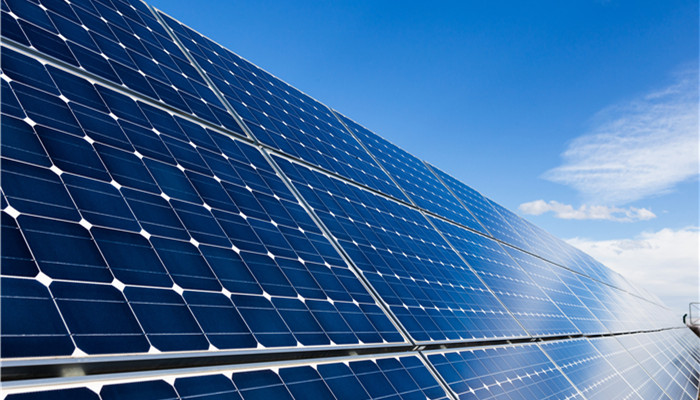
Anti-reflection coating (anti-reflection coating) has a large market space and solar power generation is an important downstream
Anti-reflection coating, also called anti-reflection coating, its main function is to reduce or eliminate the reflected light on the surface of optical lenses such as lenses, prisms, plane mirrors, etc., thereby achieving the purpose of increasing the light transmission of optical lenses and reducing or eliminating stray light. Anti-reflection film is the first type of product among optical films. It is also the optical film with the widest application range and the largest production and sales volume at this stage.
Anti-reflective films can be prepared by sol-gel method, sputtering method, chemical vapor deposition method and other processes. According to the number of film layers, anti-reflection films can be divided into single-layer films, double-layer films, three-layer films, multi-layer films and other types. In order to achieve a more ideal anti-reflection effect, double-layer films or even multi-layer films are usually used in practical applications.
Anti-reflection coating can be widely used in lenses, lenses, display panels, consumer electronics, solar cells, industry, scientific research, military industry, daily life and other fields. With the development of the electronic information industry, the demand for anti-reflective films in anti-glare films, anti-static films, protective films, etc. for computer monitors has grown rapidly, while solar cells are the largest downstream market for anti-reflective films.
Solar cells use the photoelectric effect of silicon material to generate electricity. The refractive index of silicon material is large, and a large part of the sunlight hitting the surface of the silicon material will be reflected and wasted. The application of anti-reflection film in solar cells can greatly reduce the light reflectivity of silicon materials, improve its photoelectric conversion efficiency, and improve the power generation efficiency of solar cells. According to data from the National Energy Administration, in 2020, the country’s newly installed solar power generation capacity was 48.2 million kilowatts, a year-on-year increase of 81.7%. Against the background of energy structure adjustment, my country’s solar power installed capacity will continue to rise, which will benefit the development of the anti-reflective film industry.
According to the “2021-2025 Anti-reflection Coating (AR Coating) Industry In-depth Market Research and Investment Strategy Suggestion Report” released by the Industrial Research Center shows that in overseas markets, anti-reflection film manufacturers mainly include DSM of the Netherlands, Asahi Glass of Japan, Nippon Electric Glass, etc. Among them, DSM of the Netherlands has advanced technology and has greater influence in the global market, especially Strong competitiveness in the high-end market. In the Chinese market, anti-reflection film manufacturers mainly include Flat, Almaden, Shengli Precision, etc. Some of them are strong photovoltaic glass manufacturers. In order to improve their competitiveness, they expand their business to the upstream and downstream of the industrial chain and produce independently to reduce the risk of reflection. Reflective film.
Industry analysts said that with the continuous upgrading of technology in solar power generation and other industries, the market is paying more attention to the mechanics, chemistry, electricity, and Optical and other performance requirements are constantly improving to improve the photoelectric conversion efficiency of solar cells and their service life in harsh environments. Therefore, research on new materials and new processes for anti-reflective films is still in depth. From this point of view, anti-reflective film manufacturers with strong R&D and innovation capabilities and the ability to continuously improve product performance will have greater development potential in the future.

 微信扫一扫打赏
微信扫一扫打赏

